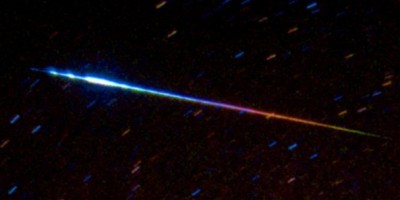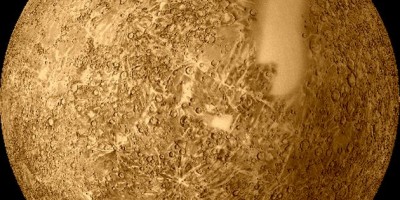Summer Solstice
This evening will be the solstice, when the sun appears at its farthest north in the sky. For the northern hemisphere, it’s the longest day of the year. (And for the southern hemisphere, it’s the longest night of the year.) Cielos La Palma will be holding an activity on Wednesday 20th in El Paso, at the archeological site “El Verde”, which many believe was created to enable Awara observers to…


